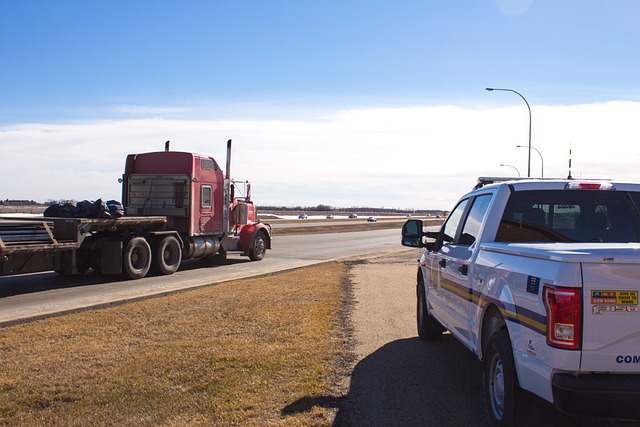As your insurance business grows, especially with clients in transportation and logistics, offering tailored cargo coverage for new fleets becomes essential. This involves assessing client-specific needs, including vehicle types, cargo value, and destinations, to ensure adequate protection against financial losses. By integrating fleet management technology and leveraging data analytics, you can optimize risk assessment, pricing, and policy design, fostering long-term client loyalty. Scalable infrastructure powered by cloud computing and automation ensures your business can handle increased demand during peak seasons or market shifts, providing seamless experiences for clients.
As your insurance business expands, creating a strategic roadmap is crucial for scaling operations seamlessly. This article guides you through essential steps to meet the evolving needs of your growing enterprise. We explore how to assess and adapt cargo coverage for new fleets, integrate insurance with fleet management for efficient risk mitigation, and implement dynamic scaling solutions. By understanding your unique requirements at each growth phase, you can ensure robust protection and continuous business success in the competitive market.
Understanding Your Growing Business Needs

As your insurance business expands, understanding the evolving needs of your growing clientele is paramount. This includes recognizing the unique requirements of sectors such as transportation and logistics, where managing risk for new fleets and cargo coverage becomes a critical aspect. As you introduce more vehicles and diverse cargo types into your portfolio, your risk profile changes.
This shift demands a dynamic approach to risk assessment and policy structuring. Staying ahead involves implementing robust data analytics to track fleet performance, identifying potential hotspots for claims, and proactively designing policies that cater to the specific risks associated with new fleets and valuable cargoes. Such forward-thinking strategies ensure your insurance offerings remain relevant and competitive in a rapidly changing market.
Assessing Cargo Coverage Requirements for Expansion

As your insurance business expands and takes on new clients, including those with diverse operations like transportation and logistics, assessing cargo coverage requirements becomes paramount. This involves meticulously understanding the specific needs of each client, particularly when introducing new fleets into their operations. A thorough evaluation of factors such as cargo value, type, and destinations is essential to ensure adequate insurance protection.
For instance, when a client expands into international shipping or begins utilizing specialized vehicles for hazardous materials transport, existing policies may need adjustments or entirely new coverage options tailored to these specific risks. By proactively evaluating these needs, you can mitigate potential gaps in coverage, safeguarding both your business and your clients from financial losses during their growth journey.
Strategizing Fleet Management and Insurance Integration

As your insurance business expands, integrating fleet management and insurance becomes a strategic imperative. This involves seamlessly aligning the acquisition and maintenance of new fleets with tailored cargo coverage to meet the evolving needs of your clients. By implementing robust systems for tracking and managing assets, you can optimize risk assessment and pricing models, ensuring that both operational efficiency and financial security are enhanced.
Strategic planning should focus on leveraging technology to streamline processes. This includes adopting telematics solutions to monitor driver behavior and vehicle performance, which in turn enables data-driven decisions for insurance coverage adjustments. Incorporating these innovations not only scales your operations but also offers clients competitive rates and comprehensive protection for their cargo, fostering long-term loyalty.
Implementing Dynamic Scaling Solutions for Continuous Growth

As your insurance business expands, it’s crucial to implement dynamic scaling solutions that keep pace with growth. This involves continuously adjusting resources based on demand fluctuations and new market conditions. For instance, when introducing new products like cargo coverage for expanding fleets, you’ll need scalable infrastructure to handle increased policy inquiries, data processing, and claims management.
Dynamic scaling allows you to effortlessly accommodate peak seasons, sudden market shifts, or rapid business expansion without compromising performance. By leveraging technology such as cloud computing and automation, your insurance operations can grow seamlessly, ensuring top-notch customer experiences even during periods of intense demand.
As your insurance business expands, a well-defined roadmap is essential to meet the evolving needs of your growing operations. By understanding your business’s unique requirements and strategically assessing cargo coverage for new fleets, you can ensure a seamless transition during periods of growth. Integrating fleet management and insurance efficiently allows for dynamic scaling solutions, enabling your business to adapt and thrive in a competitive market. This approach ensures continuous growth while maintaining robust risk management and protection for your expanding operations and assets.
